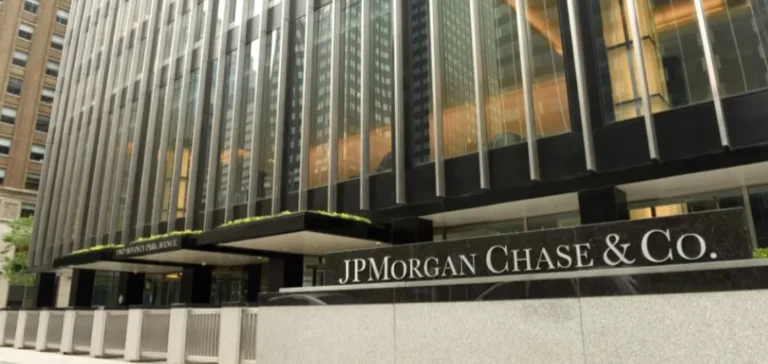Carbon Direct, a company specialising in science-based carbon management, has published in collaboration with JPMorganChase a report entitled Optimizing for Biodiversity with Nature-Based Projects in the Voluntary Carbon Market: Principles for Pursuing Dual Outcomes. This document offers a data-driven methodology for designing voluntary carbon market (VCM) projects that simultaneously pursue carbon and biodiversity outcomes.
The study draws on the analysis of 1,639 global projects registered in the Voluntary Carbon Market (VCM). It identifies frequent shortcomings in biodiversity integration and provides concrete recommendations for aligning organisational priorities with consistent measurement, monitoring, verification, and reporting practices.
A six-principle framework for dual-impact projects
The report outlines six core principles for project developers and carbon credit buyers aiming to combine climate results with biodiversity benefits. These principles include the need for clearly defined objectives, attention to local ecological specifics, and adaptive management throughout the project lifecycle.
The authors emphasise that biodiversity benefits, often location-specific, are not interchangeable and require a contextual approach. The timeline for biodiversity results may also extend beyond a carbon project’s crediting period, necessitating differentiated management of the timeframes involved in achieving both outcomes.
Scientific alignment and verification requirements
Each project must identify the specific biodiversity components it intends to restore, protect, or enhance—be it habitats, species, or ecosystem services. The Measurement, Monitoring, Reporting and Verification (MMRV) strategy must be based on best available scientific practices.
The framework also urges investors to accommodate some flexibility in project implementation, with potential management adjustments according to changing on-ground conditions. However, such adjustments must operate within predefined guardrails to ensure original objectives remain intact.
Responding to growing demand for nature-positive projects
The report comes amid rising expectations from companies seeking VCM projects that go beyond emissions reduction. The authors aim to standardise biodiversity integration criteria to strengthen project credibility in this emerging segment.
“Working with JPMorganChase enabled us to provide a data-backed framework that guides market actors in selecting and designing projects that credibly advance both climate and nature outcomes,” said Sarah Federman, Vice President of Landscape Decarbonisation at Carbon Direct.






















